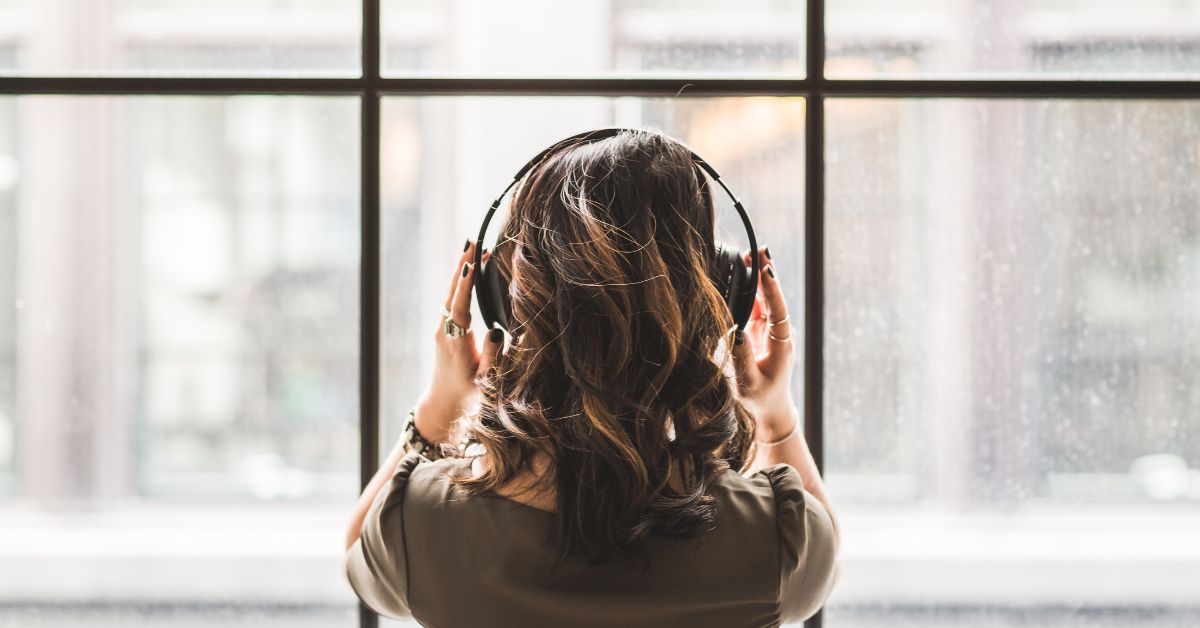
How the Brain Reacts to Music
Outline:
- Music as a Universal Language of the Brain
- Sound Waves to Emotions: What Happens in a Millisecond
- Why Music Triggers Memories So Vividly
- The Brain on Rhythm: Movement, Timing, and Flow
- Music and Emotion: From Goosebumps to Tears
- Neurological Benefits: Healing, Learning, and Growth
- Why We All Respond Differently to Music
- Your Brain, in Harmony
- FAQs
Music as a Universal Language of the Brain
Before we had written language, we had rhythm. Before cities, we had song. Across every culture and era, humans have made music—for ritual, for connection, for joy, for sorrow.
But music doesn’t just live in culture—it lives in the wiring of our brain.
Whether it’s a symphony, a lullaby, or your favorite playlist, music activates more parts of the brain than almost any other human activity. It bridges logic and emotion, movement and memory, sound and self.
To understand how we respond to music is to glimpse the complex, beautiful machinery of the mind—and its deep hunger for meaning beyond words.
Sound Waves to Emotions: What Happens in a Millisecond
When you hear music, a lightning-fast chain reaction begins:
- Sound waves hit your eardrum and are converted into electrical signals.
- These signals travel to the auditory cortex, where your brain decodes pitch, volume, and rhythm.
- But that’s just the start. Music lights up:
- The motor cortex (makes you tap your foot),
- The prefrontal cortex (analyzes structure and expectation),
- The amygdala (processes emotion),
- The hippocampus (connects to memory),
- Even the dopaminergic system (rewards you with pleasure).
Within seconds, your brain isn’t just hearing music—it’s feeling, remembering, predicting, and moving in response.
Why Music Triggers Memories So Vividly
Have you ever heard a song from your past and been instantly transported?
Music is a powerful mnemonic device, tightly linked with the hippocampus, the brain’s memory hub. But it goes deeper: music encodes emotion, time, and context.
That’s why a specific melody can make you remember the smell of summer air or the feeling of your childhood bedroom.
It’s not just nostalgia—it’s neuro-association.
The brain binds music to experience, storing it in a richer, more emotional format than facts or words.
That’s also why music is increasingly used in Alzheimer’s therapy—because even when words are lost, songs can still bring someone back to life.
The Brain on Rhythm: Movement, Timing, and Flow
Rhythm is more than a beat—it’s the pulse of the body.
Your heartbeat, your breath, your walk—they all have rhythm. And your brain loves synchronizing with external rhythm. This is why music makes you move—even involuntarily.
The motor cortex, cerebellum, and basal ganglia work together to process timing, predict beats, and prepare the body for motion.
Studies show that rhythmic music improves:
- Coordination in Parkinson’s patients
- Focus and flow in athletes and performers
- Speech therapy outcomes for stroke recovery
In short: rhythm doesn’t just entertain us—it organizes us.
Music and Emotion: From Goosebumps to Tears
Why can music move us so deeply—sometimes without lyrics or any story at all?
The answer lies in music’s ability to create and resolve tension. Your brain anticipates where a melody will go. When it goes somewhere unexpected—or resolves beautifully—you feel it physically.
This triggers a flood of dopamine, the brain’s reward chemical. Music becomes a kind of emotional simulation—letting us safely experience everything from joy to grief.
- Slow, minor-key songs activate the amygdala (sadness, introspection).
- Uplifting crescendos engage the ventral striatum (pleasure, reward).
- Dissonance can create unease, even fear.
These aren’t reactions you choose—they’re deeply hardwired into the emotional circuits of the brain.
Neurological Benefits: Healing, Learning, and Growth
Music doesn’t just feel good. It can change the brain.
- Children who learn music show improved language, memory, and executive function.
- Stroke patients can regain language through melodic intonation therapy.
- Music therapy reduces anxiety, boosts mood, and helps regulate emotion in trauma patients.
- Binaural beats may support focus and relaxation by entraining brainwaves.
Even listening passively can enhance neuroplasticity, the brain’s ability to adapt and rewire.
Music isn’t a luxury. It’s a neural fertilizer—fuel for growth, healing, and change.
Why We All Respond Differently to Music
One person’s masterpiece is another’s noise. Why?
Musical taste is shaped by:
- Cultural exposure
- Emotional association
- Personality traits (openness, sensitivity, novelty-seeking)
- Neurological differences in how we process sound and rhythm
Your brain builds a unique musical fingerprint based on your life experience. That’s why a song can make you cry, while someone else feels nothing at all.
It’s not about good or bad. It’s about resonance.
Your Brain, in Harmony
Music is more than entertainment. It’s communication without language, memory without effort, movement without intention.
It reveals who we are—and what we need.
In a distracted world, music brings focus. In a divided world, it unites. In a hurting world, it heals.
Because when the brain meets music, it does more than listen.
It feels.
It remembers.
It connects.
And in those moments, we remember that behind all the neural circuits and chemical reactions, we are deeply, exquisitely human.
FAQs
Why does music give me chills or goosebumps?
That’s a dopamine surge caused by emotional anticipation or resolution. It’s especially common when music defies your brain’s expectations in a powerful or moving way.
Can music really help me focus?
Yes—especially instrumental or rhythmic music. It activates brain areas linked to attention and can help you enter a flow state, depending on your task and preferences.
Is musical ability linked to intelligence?
Not directly, but learning music does strengthen neural networks related to memory, pattern recognition, and emotional regulation—all of which support cognitive growth.